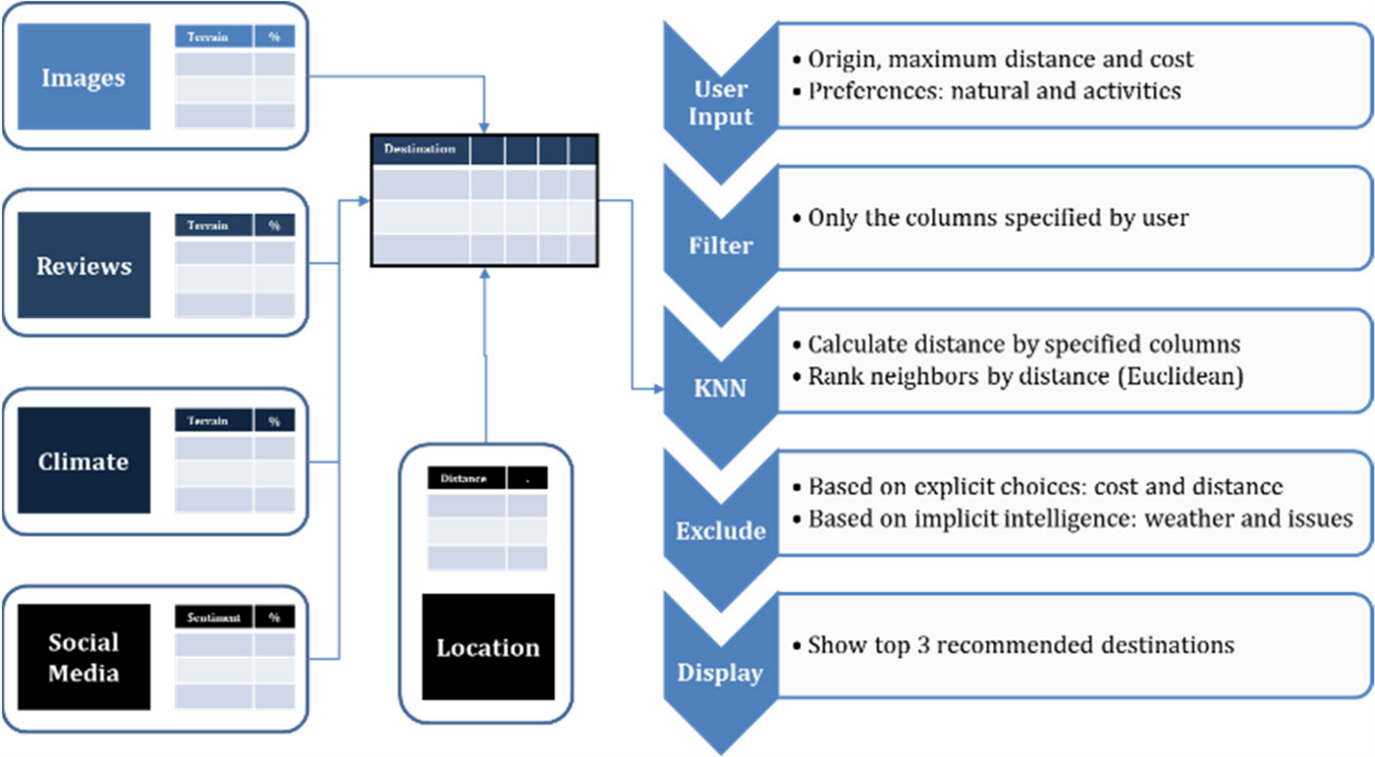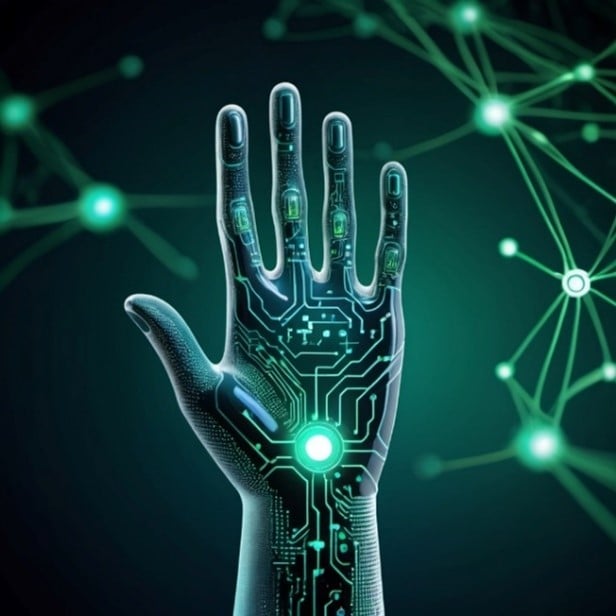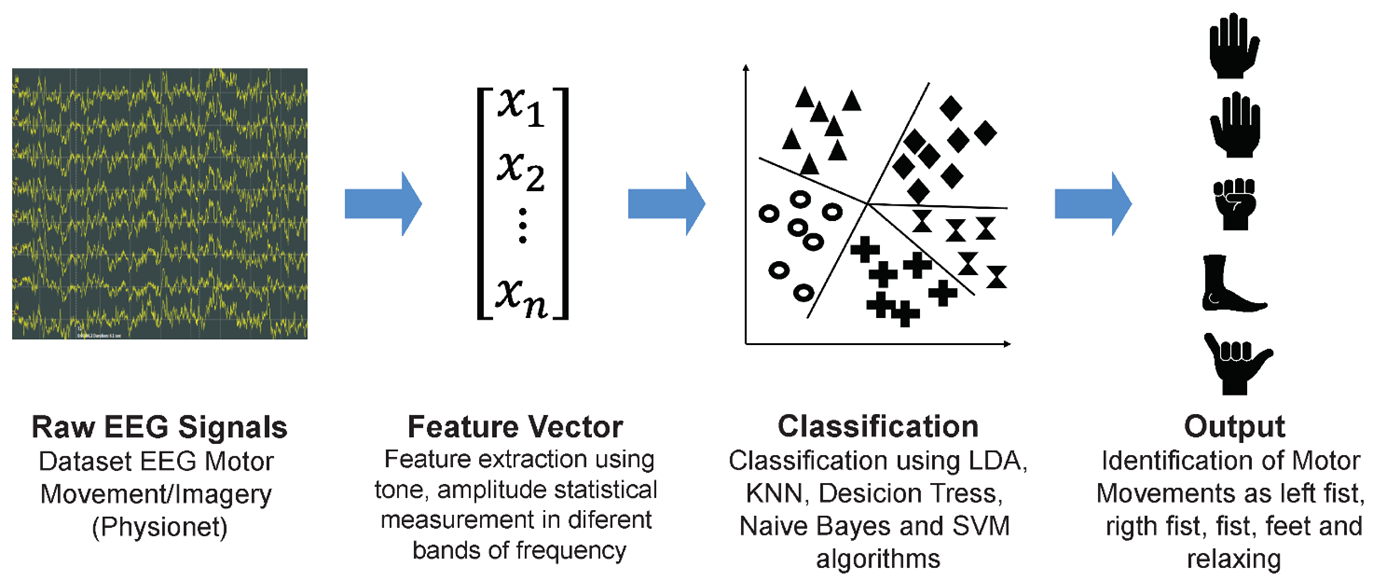
Journal Menu
► ▼ Journal Menu-
- Technologies Home
- Aims & Scope
- Editorial Board
- Reviewer Board
- Topical Advisory Panel
- Instructions for Authors
- Special Issues
- Topics
- Sections & Collections
- Article Processing Charge
- Indexing & Archiving
- Editor’s Choice Articles
- Most Cited & Viewed
- Journal Statistics
- Journal History
- Journal Awards
- Conferences
- Editorial Office
Journal Browser
► ▼ Journal BrowserNeed Help?
Announcements
12 September 2024
Technologies | Hot Papers Related to Machine Learning and Artificial Intelligence Published in 2022–2023 (Part I)
We announce six published Hot Papers in Technologies (Impact Factor 4.2, CiteScore 6.7), which follow the trend in machine learning and artificial intelligence (AI) applications, selected from Volume 10 and 11 (2022–2023). These articles have been well received by researchers, and it is believed that they can arouse the interest of readers and bring new ideas for follow-up research.
1. “Matching Assistive Technology, Telerehabilitation, and Virtual Reality to Promote Cognitive Rehabilitation and Communication Skills in Neurological Populations: A Perspective Proposal”
by Fabrizio Stasolla, Antonella Lopez, Khalida Akbar, Leonarda Anna Vinci and Maria Cusano
Technologies 2023, 11(2), 43; https://doi.org/10.3390/technologies11020043
Available online: https://www.mdpi.com/2227-7080/11/2/43
Highlights:
- This paper matches different multimodal technologies (i.e., assistive technology, telerehabilitation, and virtual reality) to support the assessment and rehabilitation of individuals with neurological impairments;
- A new perspective proposal on the combined technologies is detailed and critically argued;
- Crucial means to support cognitive rehabilitation through integrated technologies are highlighted;
- The implications for research, clinical practice, and everyday life are emphasized;
- The effectiveness and the suitability of the integrative perspective proposal are considered.
2. “A Thematic Travel Recommendation System Using an Augmented Big Data Analytical Model”
by Suriya Priya R. Asaithambi, Ramanathan Venkatraman and Sitalakshmi Venkatraman
Technologies 2023, 11(1), 28; https://doi.org/10.3390/technologies11010028
Available online: https://www.mdpi.com/2227-7080/11/1/28

Figure 1. Integration of the augmented big data analytics.
Highlights:
- This paper proposes a new augmented big data model that leverages collaborative filtering techniques and crowdsourcing to build an effective recommendation system;
- The underlying innovative hybrid deep learning model of the system uses machine learning techniques such as time series forecasting, sentiment mining, and artificial neural networks to make intelligent and user-centric decisions in tourism-related activities;
- This paper provides a mix of several structed and unstructured data with various themes that are related to users’ personal preferences, environmental factors, and destination-based features;
- Further, the thematic recommendation system incorporates cluster deployment and uses a general scalable framework for analytics modeling, automatic scaling, and model tuning; these are flexible in providing scope for future extensions and finetuning.
3. “A Survey of Advancements in Real-Time Sign Language Translators: Integration with IoT Technology”
by Maria Papatsimouli, Panos Sarigiannidis and George F. Fragulis
Technologies 2023, 11(4), 83; https://doi.org/10.3390/technologies11040083
Available online: https://www.mdpi.com/2227-7080/11/4/83

Figure 2. Real-time sign language translators: integration with IoT technology.
Highlights:
- Real-time sign language translation systems enable communication and foster inclusivity for deaf and hard-of-hearing individuals;
- While assistive technologies such as hearing aids and captioning exist, a significant communication gap persists between sign language users and non-users;
- This research analyzes the advancements in real-time sign language translators over the past five years, specifically focusing on their integration with the Internet of Things;
- This study provides valuable insights into state-of-the-art technologies in this field by analyzing current literature, technical reports, and conference papers. The findings highlight the potential of these systems, particularly when combined with IoT technology, to bridge the communication gap and promote inclusivity for the deaf and hard-of-hearing population;
- This paper integrates real-time translation with everyday devices and environments that could improve accessibility and communication access for this community.
4. “Evaluation of Machine Learning Algorithms for Classification of EEG Signals”
by Francisco Javier Ramírez-Arias, Enrique Efren García-Guerrero, Esteban Tlelo-Cuautle, Juan Miguel Colores-Vargas, Eloisa García-Canseco, Oscar Roberto López-Bonilla, Gilberto Manuel Galindo-Aldana and Everardo Inzunza-González
Technologies 2022, 10(4), 79; https://doi.org/10.3390/technologies10040079
Available online: https://www.mdpi.com/2227-7080/10/4/79

Figure 3. Proposed method for classifying EEG signals.
Highlights:
- This study evaluates machine learning (ML) algorithms for classifying motor movements using EEG signals, focusing on feature extraction techniques to enhance classification accuracy;
- Nine ML algorithms, including ANN, LDA, DT, KNN, NB, and SVM, are trained on EEG data from 30 subjects using C3, C1, CZ, C2, and C4 electrodes;
- Custom applications in LabVIEW™ and MATLAB were employed for signal processing, feature extraction, and algorithm training;
- The Medium-ANN model achieved the best performance, with an AUC of 0.9998, Cohen’s Kappa of 0.9552, Matthews correlation coefficient of 0.9819, and a loss of 0.0147;
- These results highlight the potential use of our approach in applications such as robotic prostheses, particularly in resource-limited environments such as embedded systems and edge computing devices.
5. “Stacking-Based Ensemble Learning Method for Multi-Spectral Image Classification”
by Tagel Aboneh, Abebe Rorissa and Ramasamy Srinivasagan
Technologies 2022, 10(1), 17; https://doi.org/10.3390/technologies10010017
Available online: https://www.mdpi.com/2227-7080/10/1/17

Figure 4. Illustrates the proposed meta-learning algorithm.
Highlights:
- The authors propose a stack-based ensemble learning approach to efficiently analyze land use and land cover using multi-spectral image data;
- The authors employ a stack-based ensemble learning approach to build their model, outperforming other strong single classifiers. In addition, when integrating the proposed ensemble learning with the XGBoost method, the proposed model is able to efficiently classify the land used with more than 99% accuracy;
- To generate a training set for learning the meta-level classifier, the authors conducted a one-out or a cross-validation procedure, concluding that ensemble-based approaches outperform any strong single-machine learning algorithm.
6. “Explainable AI (XAI) Applied in Machine Learning for Pain Modeling: A Review”
by Ravichandra Madanu, Maysam F. Abbod, Fu-Jung Hsiao, Wei-Ta Chen and Jiann-Shing Shieh
Technologies 2022, 10(3), 74; https://doi.org/10.3390/technologies10030074
Available online: https://www.mdpi.com/2227-7080/10/3/74

Figure 5. (a) Pelvic tilt that describes the features of lower back pain (LBP). (b) A tear or tearing process in the rotator cuff tendons of the shoulder. This injury is highlighted as a key factor contributing to recurrent shoulder pain.
Highlights:
- Explainable AI (XAI) models support medical decision making by providing transparent explanations of diagnoses and treatment plans, and they play a critical role in medical science and clinical practice, especially in physician–patient communication;
- AI systems increasingly assist in areas like surgical operations, monitoring patients' health in real time using data from electroencephalograms (EEG), electromyograms (EMG), pulse rate, and electrocardiograms (ECG);
- XAI models can enhance diagnostic accuracy by highlighting the key features linked to specific illnesses, making it easier to understand their underlying causes and guiding more effective treatment strategies.



